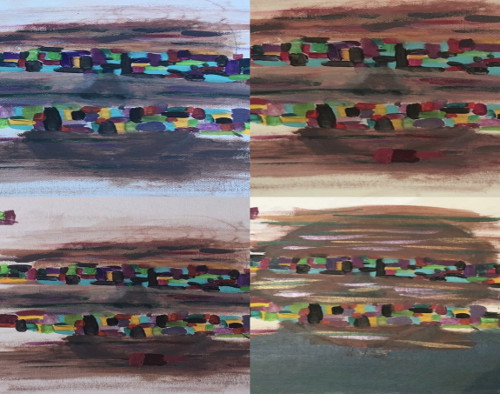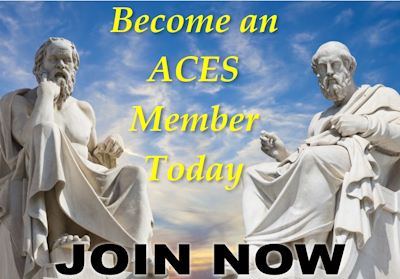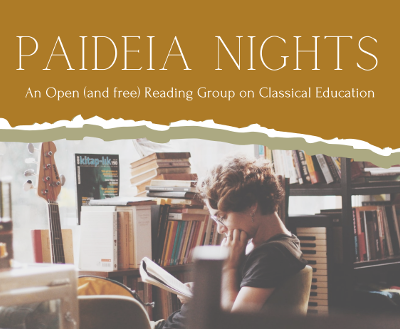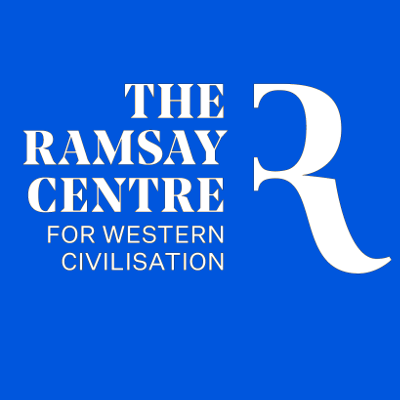Jonothan Lethbridge
HSC, VCE, QCE, WACE, SACE, TASC, NTCET & AST.
The final exam of each state. After taking the HSC not all that long ago I was reflecting upon what the education system asks of students and I remember what one of my favourite teachers used to say during year 12 “Play the game.”
‘Play the game’! Now what did they mean by that?
They meant that the NSW Education Standards Authority could not possibly care any less whether the student actually learned something in that year but instead that they do exactly what is asked of them.
So, what are teachers teaching? Are they teaching the test? ‘Competency’? Complacency? Or simply all of these rolled into ‘Play the game’.
Now this is not to lay blame on teachers who have been handicapped by the states, not only on what to teach, but how to teach it. Furthermore we are wondering why when assessed against state rankings, we are falling behind.
There are many reasons for this which would be a lengthy discussion, however I thought we could look at some solutions:
the Imago Dei Enhances Teaching and Learning in Communication Classrooms
1) God in the Classroom: Grounded in the Christian foundational principle and belief that each person is created in the image of God (Imago Dei) (Genesis 1:26-27) and therefore possesses inherent dignity. The love shown through words of wisdom, dignity, respect and compassion nurture the students' mind, heart, soul, and provide the ideal environment to thrive in truth, goodness and beauty.
When God is the foundation of the classroom, the teacher can pray and grow in faith with their students through daily prayer and devotions. Not to mention they can pray together for prayer intentions, show the importance of praying for the community. Interestingly this leads me to point number 2.
2) The individual:
Let me paint you a picture:
Student Number: 123409876
Name: Jonathan Lethbridge
…………
Student Number: 123409876
…………
Number: 123409876
Ladies and Gentlemen, what your children have become, I mean students, I mean numbers, wait, battery hens? Students have become nameless numbers that are achieving a mark based on a meet the standard, beat the test, ‘play the game’ mentality. Competency has arrived but where is the commitment? Students might be able to tell you about some stick in the mind phrases like the drone of “Mitochondria is the powerhouse of the cell.”
Can you hear the mumbling drone of 30 students saying that? We should be showing our students their unique gifts and talents and how to use them.
Now I know I promised some tentative solutions, but this point was more raised as an issue because it leads me to a final point, that is a solution.
3) A Classical Classroom:
People have often wondered what the best method of teaching is, and the main thing I can say to you, is whatever the curriculum is, ignore that. The text lists and topics have strayed from the Good, True and Beautiful that we should be striving to achieve, to nourish the souls of each and every one of our students. So, a suggestion is to focus on a liberal arts or classical focus. This means using literature, ‘texts’ to teach philosophical and political understanding, to use history to inform us on the context surrounding the suchlike and finally using the ‘queen of the sciences’, theology, to morally assess whether it is virtuous.
On one hand liberal arts can seem daunting, as it seems very academic, however, when using Aristotles Five Intellectual Virtues, ( techne, sophia, nous,episteme, phronesis) the first is completely focused on ‘Techne’, the artistry or craftsmanship. This further explicates that the liberal arts can be for everyone.
(For more on Aristotles Five Intellectual Virtues and education view here: https://educationalrenaissance.com/2020/08/15/blooms-taxonomy-and-the-purpose-of-education/ )
In Australia the liberal arts have not had a prominent position in education, however they are making a comeback as it’s the only answer for students who wish to develop a better understanding of the historical and cultural context of life today.







